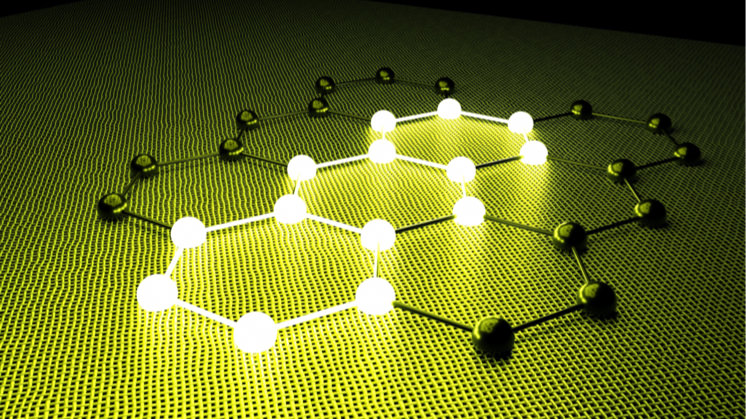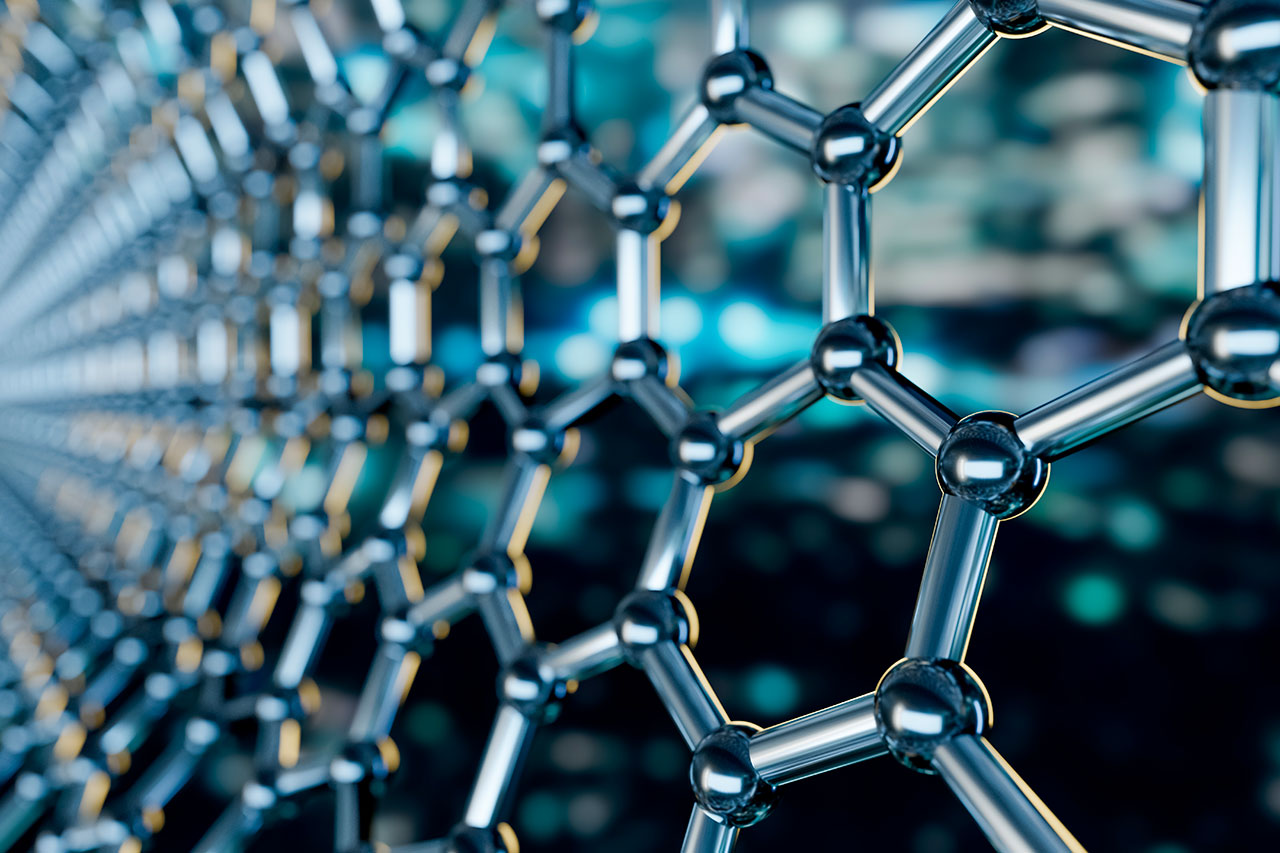Smart Materials and Their Uses
Researchers developed the first prototypes of smart glass, a material that reversibly
changes from transparent to opaque. The prototypes were made by sandwiching
two layers of glass and several layers of other materials Smart Glass Thailand. They then applied a small
jolt of electricity to one side of the glass, altering the wavelengths of light. Later,
researchers explored different materials, including magnetism and hydrocarbons.
Then, they developed a range of special “smart materials.”

PDLC
PDLC stands for “Polymer Dispersed Liquid Crystal”, and this technology applies it to
glass, creating a smart and transparent material. PDLC is a hybrid liquid-solid
material with a very short symmetry that makes it ideal for applications where you
want to see through the material while still having the ability to control it. It works by
letting electricity pass through it and scattering or aligning the liquid crystal
molecules inside the film กระจก one way. The resulting opaque film is then protected by a polyvinyl
butyral interlayer.
SPD
The production process of SPD smart glass starts with the creation of nanoparticles
that are applied between two plastic sheets with a conductive layer based on indium
oxide. Then, the film is powered and changes color according to the electrical
voltage. When the film is not powered, it emits a dark blue tint, which means it
doesn’t block light. However, when powered, it emits a flat spectral response
between 400 and 700 nm, which allows it to provide uniform shading.
LC
LC SmartGlass is a type of privacy control glass. It’s also known as switchable
privacy glass. Unlike conventional windows, LC SmartGlass can be switched on and
off, allowing the user to control the degree of transparency. It’s a great choice for
privacy-conscious people who are concerned about their privacy. In addition to
offering improved privacy, LC SmartGlass is explosion-proof and does not require
regular cleaning.

Self-adhesive smart film
Intelligent Glass has developed a self-adhesive smart film for use on glass. This film,
which consists of PDLC polymer, is designed to adhere to an existing piece of glass
and switch between clear and opaque modes. The smart film is easy to apply and
can be installed in just a few steps. Aside from its high level of adhesion, it is scratch
proof and can be applied to existing glass surfaces.
Electrochromic
Electrochromic smart glass is a material with a variety of functions. It can be used to
control the brightness of a screen or an electronic device. It can also reduce energy
consumption and noise levels. Electrochromic glass is becoming increasingly
commonplace in various applications, including building facades and vehicles. The
process of making this product is relatively simple and inexpensive. However, it is
important to know the pros and cons of using it.
Toughened
A Toughened smart glass window offers superior security and is the cheaper
alternative to Intelligent Glass. Toughened Switchable Glass is ideal for internal
window applications. It can be used for doors and partitions. It can even be used as
a projection screen. But, it has a few limitations. The PDLC layer can be exposed,
which is not ideal for some applications. Also, it can only be used in dry
environments.
